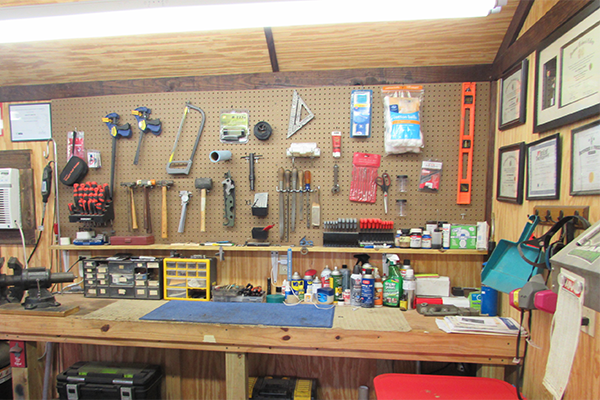
Last Updated on
By Brett Smith
How to keep organized
There are tools and techniques that I like to use that really help me cut down on time spent cleaning up messes in the shop. They also help me remember to do the stuff that’s easy to forget like running the water out of your air compressor tank or blowing out the dust filter for the small AC unit. Things that don’t need doing all the time can get pushed off for months or until something breaks. Using one or all of these tools will help you keep your shop clean and organized in an efficient way.

Checklists/ to do reminders
Checklists have been used for just about anything, but having one for the purpose of cleanliness in your gunsmithing shop is a powerful tool. I like to make a weekly checklist followed by an open ended to-do section at the end where I can add notes like: “ clean that pile of spare parts and boxes out of the corner.” The to-do section is my catch-all for the tasks that I may need to do that week but not again for months. It also contains any tool maintenance that I may need to attend to that week like “change gear oil in lathe.” On the checklist I include the things that need doing daily or weekly like sweeping the floor or clearing the workbench and placing tools back in their storage. It sounds simple, but without a good list, small things do get overlooked. I like the checklist too because I feel accomplished every time I put a check next to a task on the list (appreciate the small stuff).
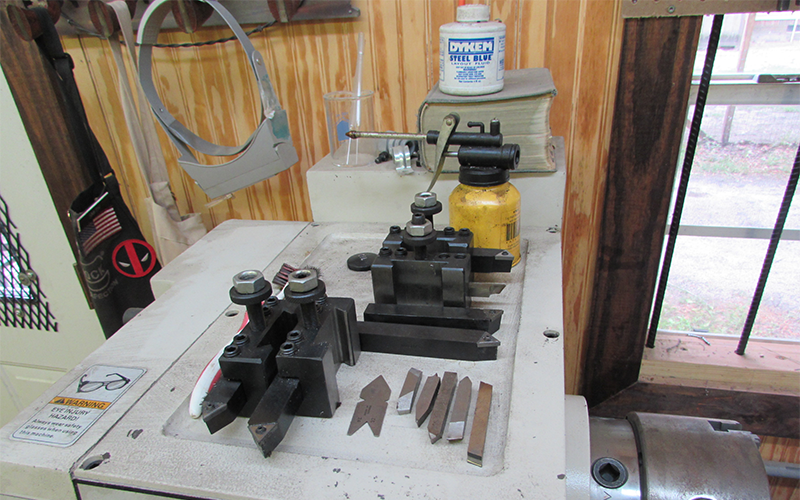
Pre-job planning and preparation
Pre-job planning is a method in which you evaluate a job and determine what gunsmithing tools, supplies, and processes you will need to complete the job. If I am going to disassemble a gun for cleaning, I gather the tools the specific gun requires and have them readily available. For jobs like chamber reaming, I set up my go/no go gauges, reamers, live centers, dial indicators, cutting oil, brushes, etcetera. It saves you time because you don’t need to stop the work to go find a tool to complete the job. This method also makes you think through the process of the job you are doing. You are more likely to think of error-likely situations and anticipate problem areas.
Less is more (consumables such as gloves, paper towels, Q-tips, rags, etc.
The idea of “less is more” is not just a great for keeping a clean shop, it also keeps cash in your pocket! The premise is simple – Why would you use ten paper towels when five will do the job? You effectively cut down waste generated and reserve supplies for the next job. Win-win right? I apply this technique by only tearing off one towel sheet at a time, using one pair of gloves until they rip, or wear sand paper down to nil before I cut another piece. Again, it is a simple thing to do, but unless you apply yourself it is very easy to forget to do.

Tool separation and storage/ labels
Tool separation can be done many ways. You can choose to separate and store tools by function, type, brand, or specific gun. As long as you know where the tool you need is and can put your hands on it when it is needed, you are doing great. I find it works best for me to store tools according to their function. If it’s a file, it goes in the file drawer. If it’s a lathe tool, it goes in the lathe tool box. if it is an optics tool used for sights or optics, it goes in the sights and optics drawer. You can get as detailed as you want with your tool storage. I also like to use pegboard for tools that I frequently use like hammers, wrenches, clamps, and hacksaws. I can easily access them and they are always in front of me. Labels are great too if you work in a shop with multiple gunsmiths. Everyone can find what they need from reading the label on a drawer.

Making time to stay organized
Time is money and it is easy to fall into the trap of avoiding shop house keeping for the sake of getting work done in the measly twenty four hours god gave us gunsmiths in a day. However, I’ll argue a small block of time spent cleaning and staying organized will save huge chunks of productive work time. Making the time to tend your shop is one of the most important blocks of time you can set aside. I have tried it each of the following ways. I will let you make the decision on which method works best for you.
Stow as you go
Stow as you go is a great method to use when the shop is experiencing a lull in jobs. When there is no major time constraint or work load to worry about, it is easy to simply clean up what you use when you use it. Use the punch and hammer, put it back when you are done. Use a towel to clean dirt and oil out of a slide, throw it away. Doing a small amount up front means that when you are done with the job there is nothing to clean!
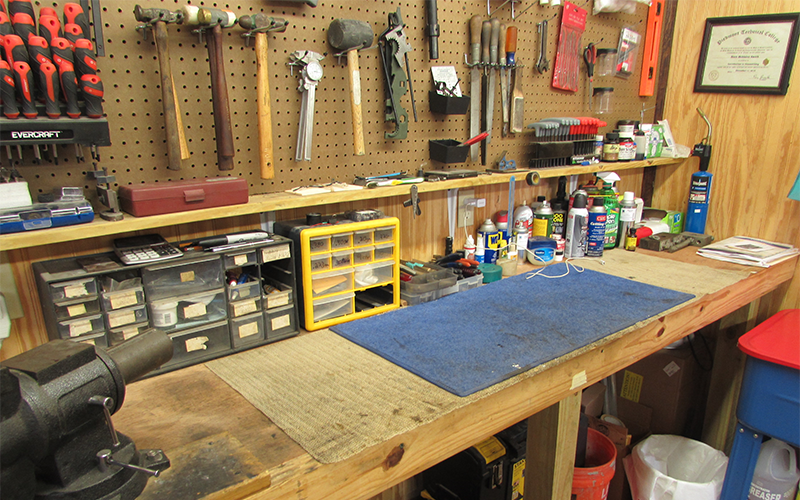
Clean after every job
Cleaning after every job works well when you have a few projects to get done that day or when each project is different. For example, you need to file and polish metal for a re-bluing job but the next project is a detail cleaning. You don’t want the nasty grit and metal shavings from the polishing job messing up the finish or getting imbedded into the action of your detail clean.
Clean at the end of the work day
This method is the one that I like to use often. It is best utilized when work flow is decent, but not overbearing. You can accomplish a lot in a day and save the last thirty or forty five minutes to clean, reorganize, and get ready to take on tomorrow with a fresh start. Things don’t get too out of place in a single work day so it is pretty easy to go back and take care of your house keeping.
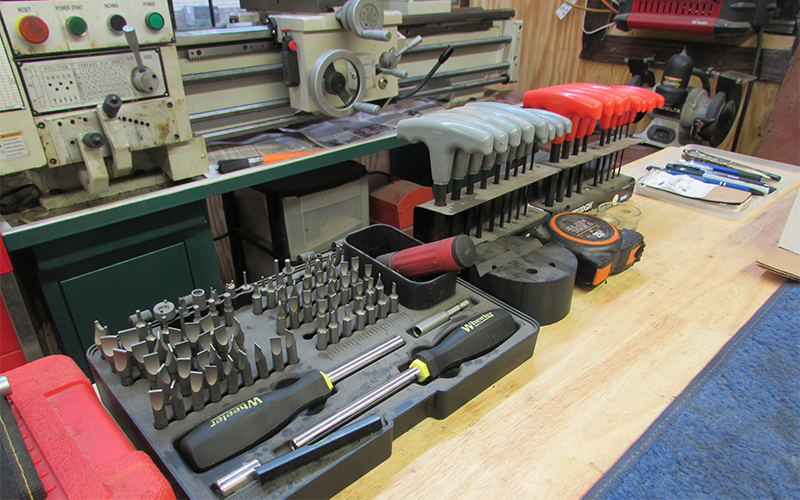
Clean once a week
Cleaning once a week is a bare minimum, but sometimes a necessity. This method will take the largest chunk of your time. When the gunsmithing gods shine on you with an abundance of work it is great for business, not so much for the time you set aside for cleaning shop.
Still, by practicing use of checklists, pre job planning, the less is more method, and good tool organization, you can keep a lid on the clutter while keeping your sanity intact.
Conclusion: the difference good house keeping makes
If you already keep your shop in good working order, that is great and I hope that this article reaffirms your belief in the difference a clean shop can make for your business. But if you feel like you are swimming in a pile of tools, trash, and clutter with no foreseeable escape, I suggest that you try some of the tips that I have learned from swimming out of it myself. If you practice the skill of shop house keeping you will see more productivity, better quality work leaving your shop, better customer perception of your abilities, less stress, and more profit.
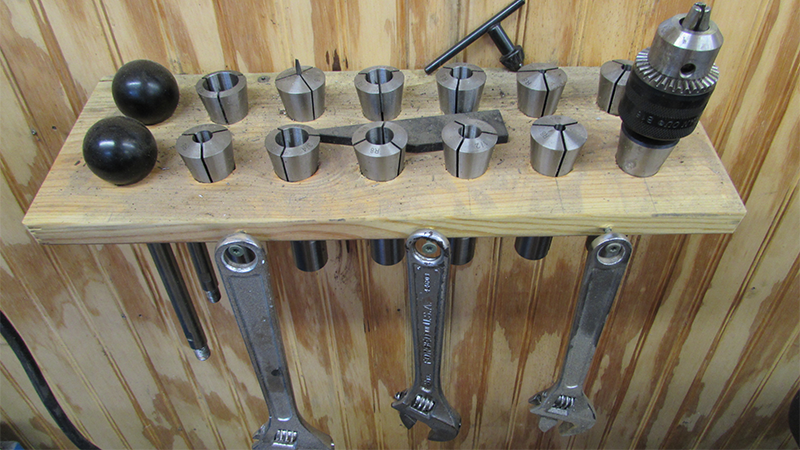




Leave a Reply